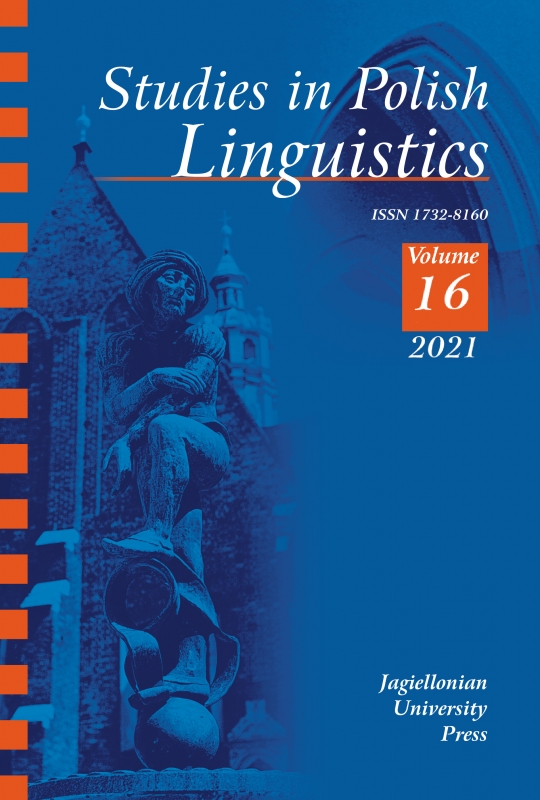Strict and Sloppy Readings of Pronominal Objects in Polish
Strict and Sloppy Readings of Pronominal Objects in Polish
Author(s): Marta RudaSubject(s): Language and Literature Studies, Theoretical Linguistics, Applied Linguistics
Published by: Wydawnictwo Uniwersytetu Jagiellońskiego
Keywords: strict and sloppy reading; pronouns; clitics; argument drop; dokładna i niedokładna interpretacja; zaimki; klityki; opuszczanie argumentu
Summary/Abstract: ronominal clitics in South Slavic languages have been shown to manifest the strict/sloppy reading ambiguity effect. In this paper I examine Polish object pronouns from this perspective, observing that even though they are not clitics, they can still be compatible with the sloppy interpretation if the right type of context is provided. The data speak against an ellipsis-based approach, aligning with the view that the sloppy reading is not a viable test for ellipsis. I thus pursue an alternative analysis on which the strict and sloppy readings are associated with a structural difference in the composition of the pronoun (PersP vs. NumP respectively), offering along the way additional evidence pointing to the importance of pragmatic distinctions in investigations of the interpretive properties of different types of nominal elements. From a more general point of view, the discussion suggests that the empirical picture related to the sloppy interpretation is highly complex, making an investigation of a broader spectrum of languages and contexts indispensable for disentangling all the relevant factors and developing an optimal theoretical approach. [W literaturze dotyczącej języków południowosłowiańskich pokazano, że klityki zaimkowe w tych językach przejawiają dwuznaczność pod względem dokładnej i niedokładnej interpretacji. W artykule poddaję badaniu z tej perspektywy polskie zaimki w funkcji dopełnienia, pokazując, że ‒ pomimo iż nie są klitykami ‒ mogą też mieć interpretację niedokładną, jeżeli są osadzone w odpowiednim kontekście. Dane przemawiają przeciwko podejściu wykorzystującemu mechanizm elipsy, w zgodzie z poglądem, że interpretacja niedokładna nie jest wiarygodnym testem dla struktur eliptycznych. Proponuję zatem alternatywną analizę, według której interpretacje dokładna i niedokładna wynikają z różnicy strukturalnej zaimka (odpowiednio PersP vs. NumP), dostarczając przy tym dodatkowych danych wskazujących na wagę rozróżnień pragmatycznych dla badań nad własnościami interpretacyjnymi różnych typów jednostek nominalnych. Z bardziej ogólnego punktu widzenia dyskusja sugeruje, że dane empiryczne związane z zagadnieniem interpretacji niedokładnej są niezwykle skomplikowane, przez co konieczne jest zbadanie szerszego spektrum języków i kontekstów w celu rozwikłania wszystkich istotnych zmiennych oraz zaproponowania optymalnego podejścia teoretycznego.]
Journal: Studies in Polish Linguistics
- Issue Year: 16/2021
- Issue No: 2
- Page Range: 121-144
- Page Count: 24
- Language: English

